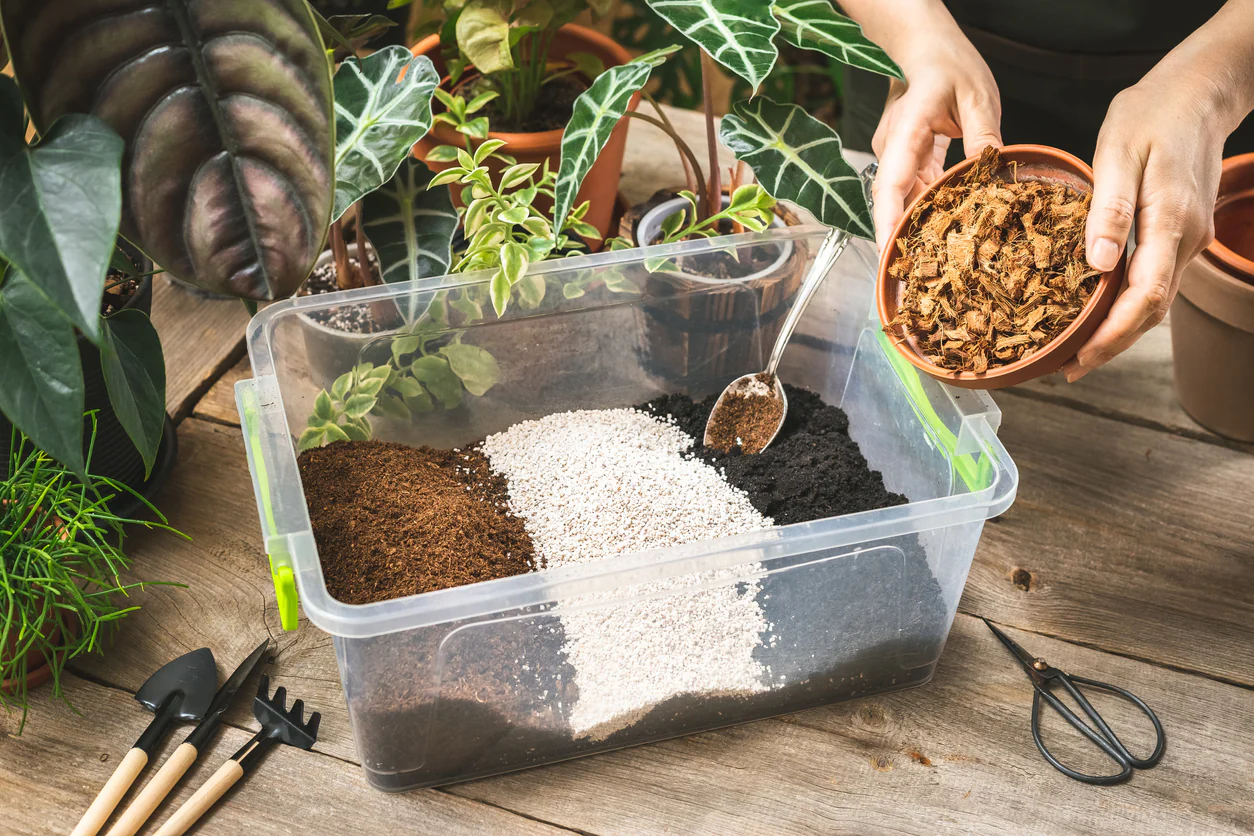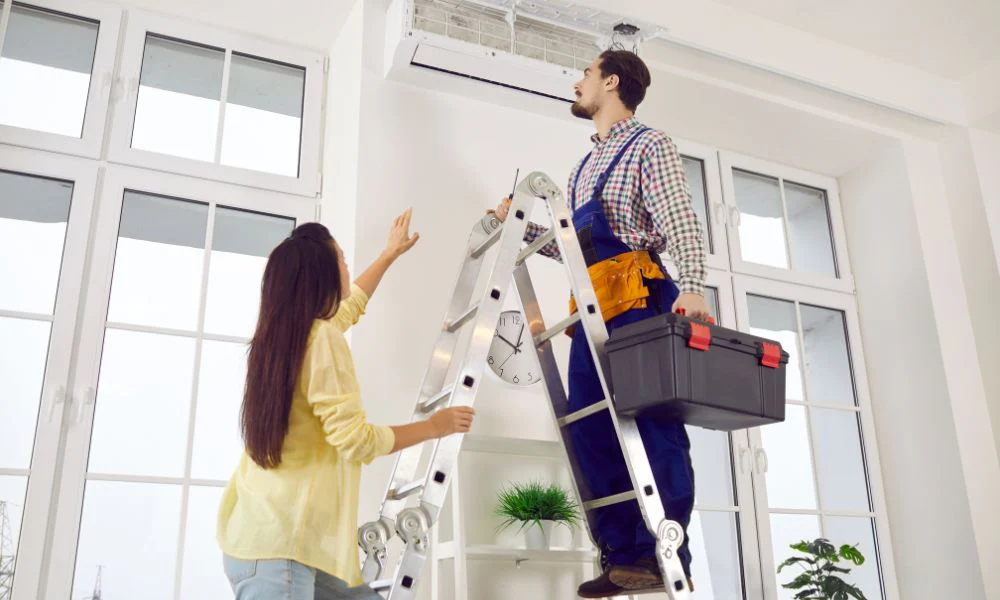The right soil, plant species, and pot are essential for container gardens. The drainage of your plant is one aspect that is often overlooked yet is vital to its health. Proper drainage for plant container can prevent waterlogged plants, increase oxygen flow, and ensure your plants receive the right amount of moisture. It doesn’t matter whether you are a veteran gardener or just a beginner. Knowing the importance of proper drainage and optimizing it will make a big difference in maintaining healthy container gardens.
Why Is Drainage Important?
The drainage of a pot refers to its ability to allow water to escape and move out. A pot not draining properly can lead to a swollen bottom where water suffocates the plant roots. In time, this can cause root rot, fungus growth, and plant death. Here’s why it is vital to have good drainage:
-
Prevents A Waterlogging
Plants require a balance between water and air to grow. Excess water in a container is not properly drained, depriving the roots of oxygen. Waterlogging can cause the roots to drown and lead to poor plant health. Proper drainage lets excess water drain away, preventing the roots from being in stagnant standing water.
-
Promotes Root Health
Roots require oxygen to function properly. Oxygen cannot reach the roots when the soil is saturated. Healthy roots are crucial for absorbing water and nutrients from the soil. When drainage is optimal, air pockets remain in the soil, allowing oxygen to reach and stimulate the roots.
Signs That Plant Containers Do Not Drain Well
Understanding the symptoms that indicate poor drainage is a good first step. Here are signs that indicate your plant pot may not be draining effectively:
- Yellowing or wilting leaves: You may water your plants regularly, but they still seem unhealthy.
- Musty Odor: When a foul, musty odor comes from the soil, it can be a sign of root rot.
- Wet Soil: When the soil remains wet, even at its surface, for several days after irrigation.
- Mold Growth: Your potting medium is moist when you see algae or mold growing on top of the soil.
If you notice one of these signs, it’s important to improve the drainage system of your container plants.
How To Ensure Proper Drainage In Container Plants?
By selecting the appropriate container, utilizing the appropriate soil, and adhering to appropriate irrigation protocols, you can guarantee that your plants have adequate drainage. Here are some suggestions to create the optimal environment for your plants.
-
Choose Containers With Drainage Holes
The easiest way to ensure drainage is by choosing containers with drainage slots. These holes are located at the pot’s base, allowing water to escape. This prevents water pools at the bottom. If you already own a container without drainage holes, you can drill them or use them for an outer decorative pot with a well-drained inner pot.
-
How To Choose The Right Potting Mix
Not all potting mixes are created equally. If you plan to plant in containers, choose a well-draining potting mix. These mixes are made up of components such as perlite, sand, and peat that help to aerate the dirt and prevent compaction. Avoid using container soil, as it tends to retain water and compact easily, which can cause drainage problems.
-
Use Gravel To Layer The Bottom
Many people believe that adding a gravel or pebble layer to the bottom is better for drainage. But it’s not as simple as this. This may create an area for water to pool and drain away from plant roots. However, this does not improve drainage. The most important thing to remember is that you need drainage holes. But if you have only limited drainage holes in your container, a thin gravel layer can help prevent soil from clogging the holes.
-
Elevate The Containers
Elevating outdoor pots or containers on a flat surface can improve drainage. If you place a pot directly on the ground or another solid object, the water will be trapped. Using small pot stands or feet, you can elevate your pots so that the excess water drains freely.
Conclusion
The importance of drainage on plant containers is not to be underestimated. Plant roots may become waterlogged and oxygenated, increasing their risk of disease. By selecting the best containers, using a well-drained potting mix, and monitoring your irrigation practices, you will create an environment in which your plants can thrive. Healthy roots lead to healthy plants. A good drainage system is the key to maintaining this balance.





